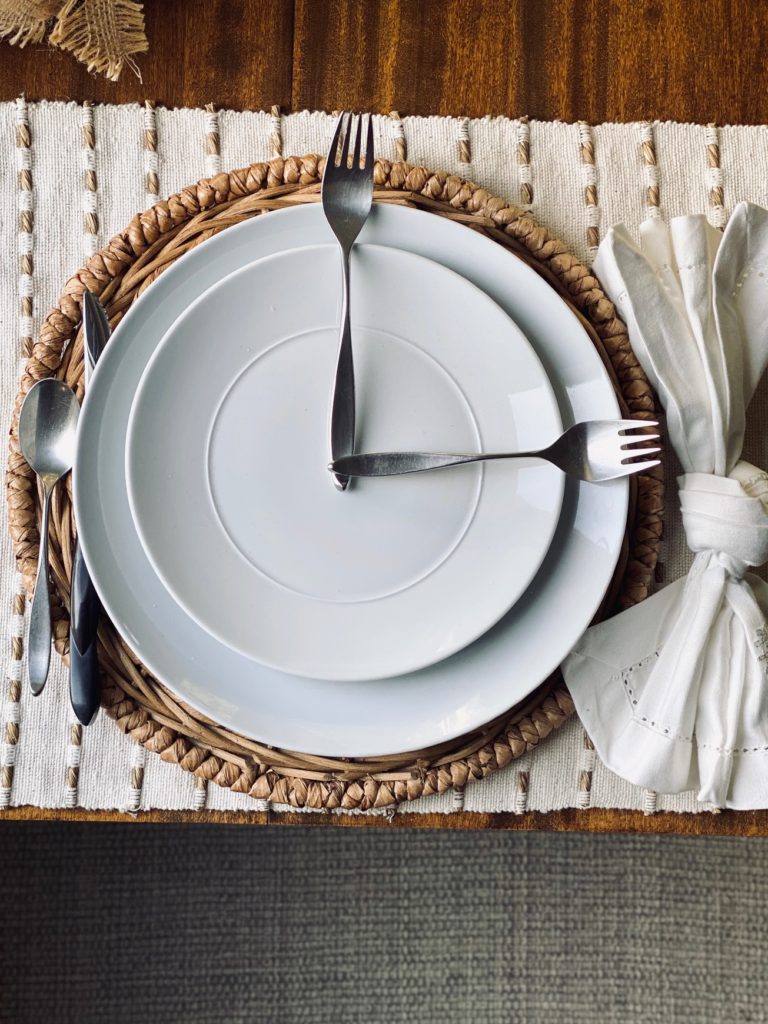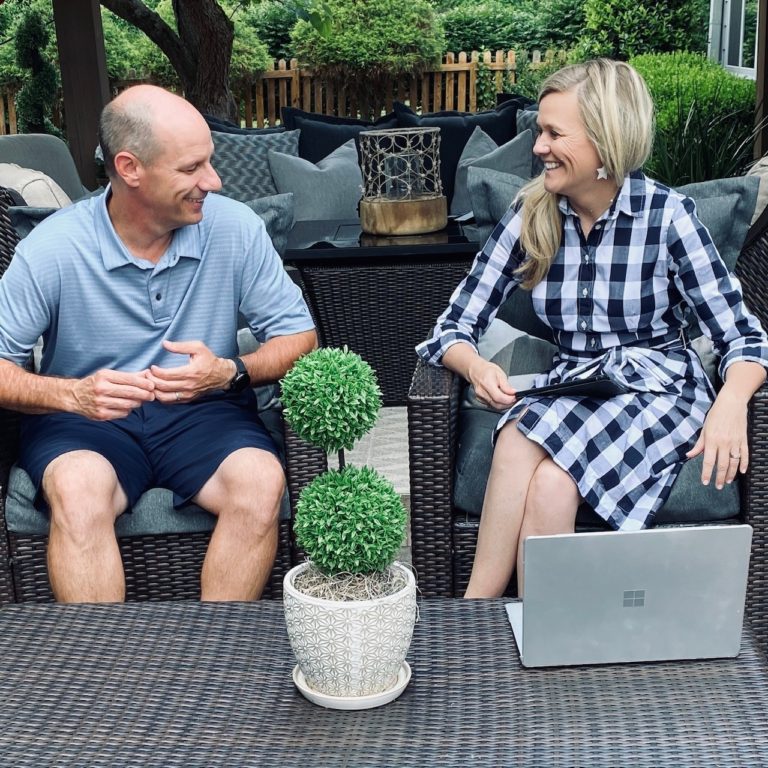KETO BLOG SERIES
ORIGINALLY POSTED JULY 10, 2020
A multi-part blog series on our keto diets.
- Part 1 – Where to start (the acceptance)
- Part 2 – The 411 (the science)
- Part 3 – Intermittent fasting and more (the musts)
- Part 4 – The good the bad and the ugly (before/after pics)
Between the two of us Rick and I have lost almost 75 pounds following a keto diet. I have been sharing my keto diet journey on the blog in a series of posts. The first blog is about how to start and what you should accept to have success on a keto diet (here). The second blog is a high level look at what keto is and the basic science of the diet (here). Today’s blog post is about keto diet intermittent fasting and a few other musts in regards to keto dieting. Rick and I also recently filmed an IGTV video about our keto diets. Go to my channel here. Stay tuned for updates on that series by following me on Instagram @tamiinbetween.
Intermittent Fasting (IF)
Rick and I both believe we would not have had the results without IF. Intermittent fasting is an eating pattern that cycles between periods of fasting (not eating) and eating. For Rick and I we typically follow a 16/8 schedule. We fast for 16 hours (do not eat any food but can drink water, coffee*, tea* or zero calorie beverages in the fasting window. The 8 hour eating window can be whatever fits best into your schedule. For us, our eating window is 1PM – 9PM. IF is effective in supplementing a keto diet for two reasons. You simply are eating less and if you read the blog Keto Diet 411 here, it explains how reducing carb intake allows fat storage to be used as energy instead of glucose (which comes from carbs). Between meals (if you don’t eat or snack) our insulin levels go down and our fat cells release stored sugar to be used as energy. We lose weight when our insulin levels go down. The idea of IF is to allow our insulin levels to go down far enough that we burn off our fat.
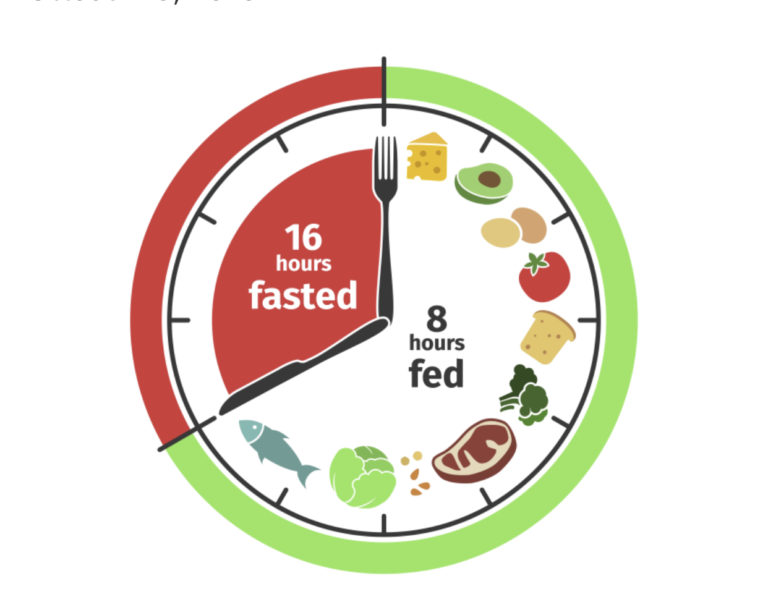
*unsweetened tea and coffee. Small amount of whole fat creamer allowed. Anything over 20 cal will knock you out of a fasting state.
Macros
Along with intermittent fasting, Macros is another very important piece of a keto diet. This is how you measure and track the correct amount of keto friendly food you are eating. So what the heck is a macro? It stands for macronutrients – which is fat, protein and carbs specifically. On keto, your macros is your food pyramid of measuring what you eat to get to a state of ketosis On a keto diet macros are the ranges you must be in through food to get into a state of ketosis (when your body starts burning that fat storage). Generally, 75% of the calories you eat should be from fat (preferably healthy fats), 20% of calories from protein and 5% from carbs. So “hitting your macros’ is eating food during your eating window that fall in the 75/20/5 range for fats, protein and carbs. A quick blurb on the science again (boring I know but understanding the science behind keto, ketones and ketosis it will make it easier to stick with the diet). Generally, on a keto diet you are eating completely different in order to change how your body burns energy. When we eat carbs, we produce glucose and that is what our body goes to first for energy. So not until we stop eating carbs (which turns into glucose) does our bodies seek out a different source for energy (which is our fat storage). It takes about 3 days to get our bodies to make this adjustment and get to a state of “ketosis”.
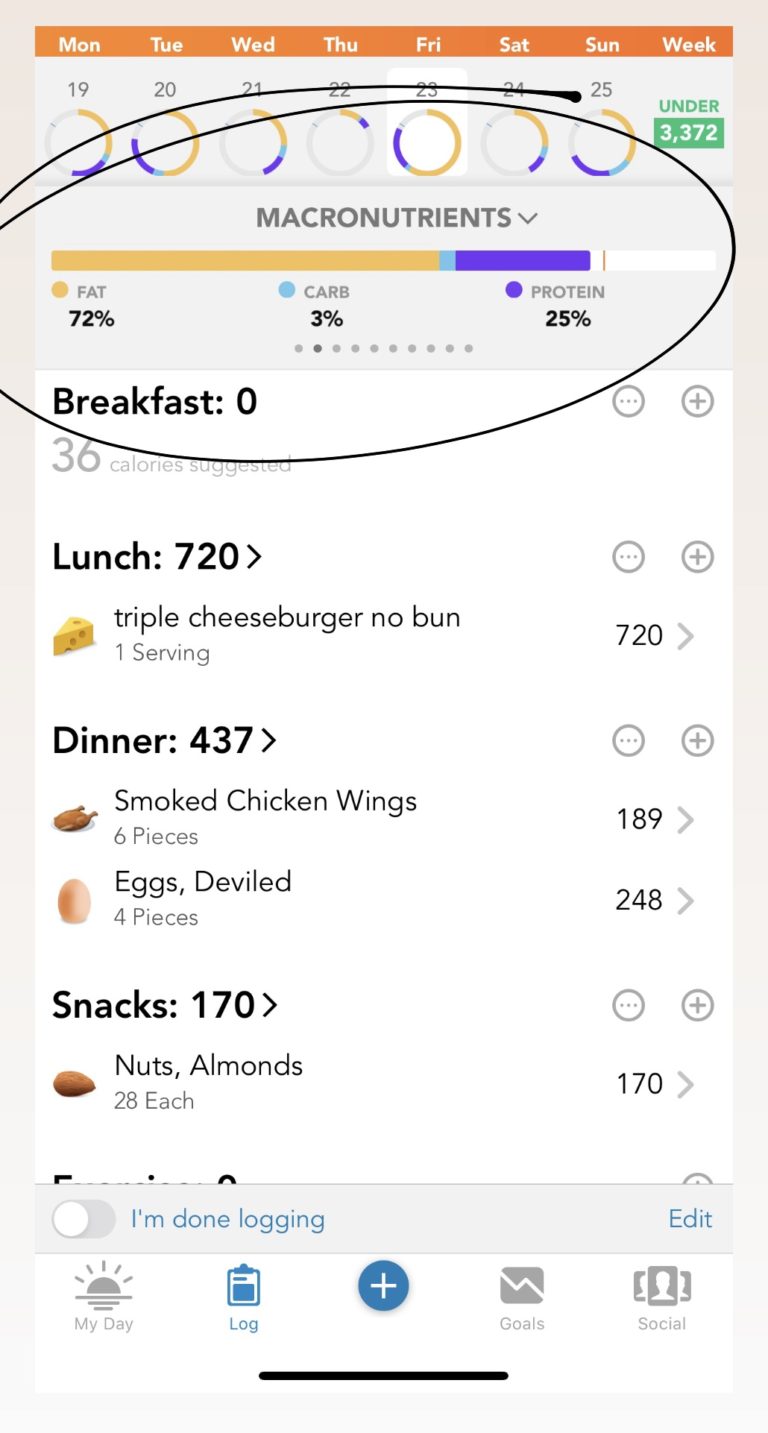
MCT Oil
MCT oil is a supplement made from a type of fat called medium-chain triglycerides (ugh more sciency stuff – sorry). These triglycerides are easy to digest and absorb quickly. Specifically for Keto it is a super duper healthy fat! MCT oil digests quickly, and becomes a readily available energy source which allows it to be used for ketone production. MCT oil is the only food that is able to do this and why its really popular on a Keto diet. My weight loss rapidly increased as soon as I started incorporating MCT oil into my diet. It is odorless, tasteless and clear. I take 2 tablespoon of MCT oil a day. The brand I like best I purchase from Amazon here and another popular one is here. For my diet, I take one tablespoon of MCT oil in the morning in my coffee and one tablespoon of MCT oil in water (with a squirt of MIO for flavor) in the evening. PLEASE NOTE: If you are new and just start to use MCT oil go SLOW! Start with one teaspoon/day and work up to two tablespoons/day. Too much too quick will cause nausea, diarrhea or an upset belly. BTW – MCT oil has tons of other health benefits (energy, brain health, increased metabolism). Read more about it here.
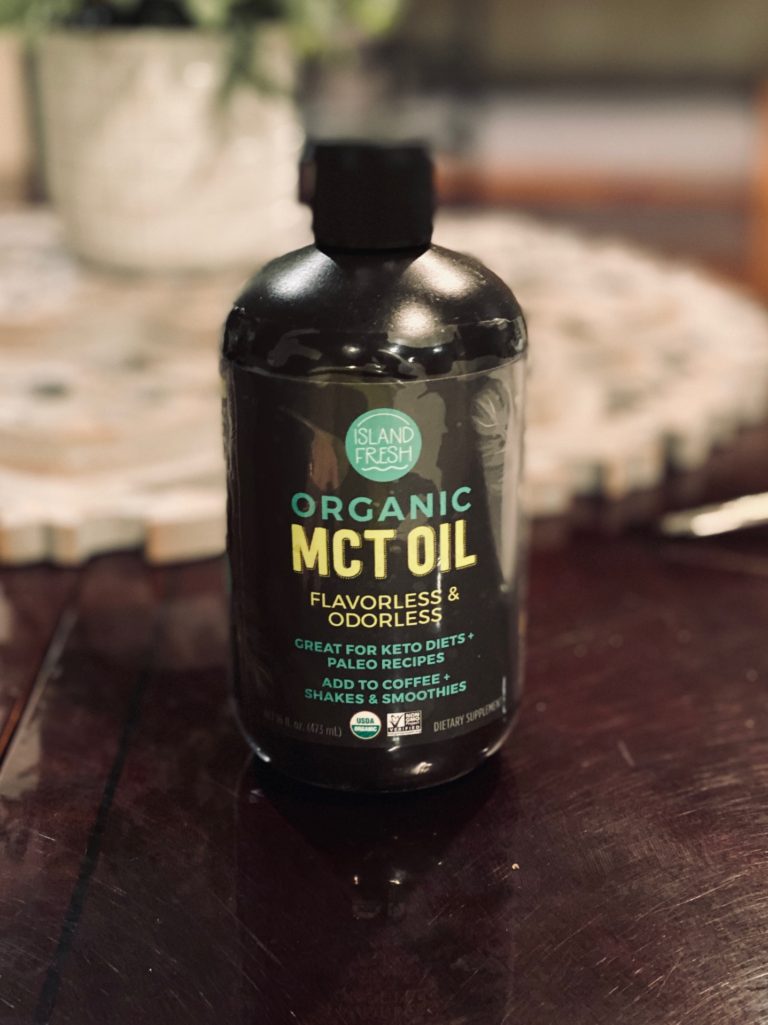
APPS
Rick and I both use the free version of the Loseit app. Another popular app for people doing keto is Carb Manager. Download one of these apps today if you are thinking about doing a keto diet and use it! It helps track all the food you eat before you eat it. Helps you understand what nutrient value food has BEFORE you eat it and how it fits into your macros. I was shocked to see how many carbs are in certain foods, even when you “think” they are keto friendly. When you are only allowing your body 20 grams of carbs a day to stay in ketosis, you need to know what you are eating and how many carbs it’s worth. I threw away a lot of food the first 8 weeks of my diet in lieu of eating the carbs and knocking me out of ketosis. The apps also are great platforms to track your macros, calories and weight.
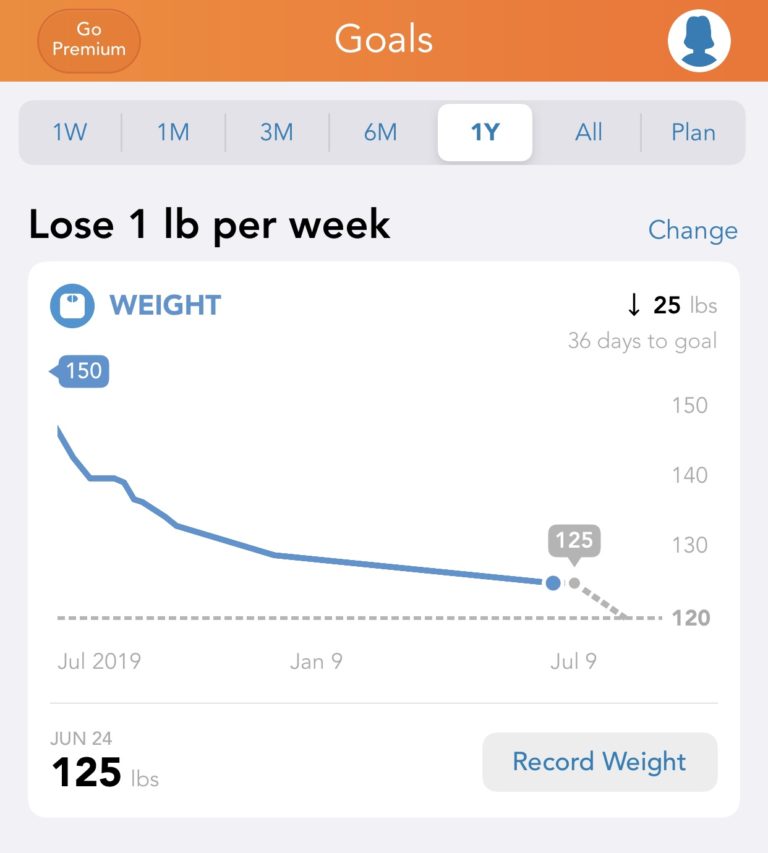
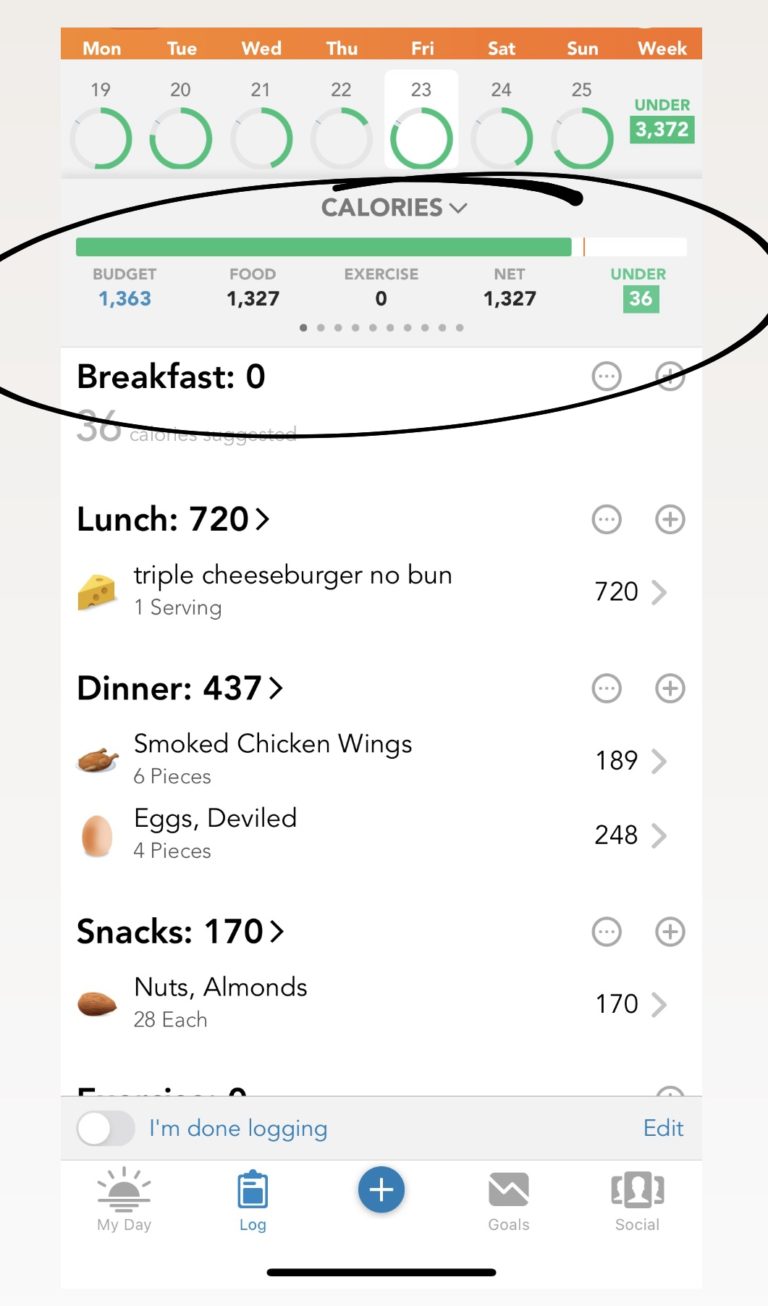
TEST STRIPS
It’s important to be able to test to see if your body is in ketosis. One of the ways to do this is with ketone strips. A thin paper strip that detects ketones in your urine. The ketone test strips that I use daily here. It is an easy way to measure whether your body is in ketosis while on a keto diet. I like these strips because they are made long enough to be able to hold in your pee stream. The process is simple, you urinate on the test strip and it measures the presence of ketones in your system. The darker purple the test square turns the better (more ketones). The concept here is when your body is in ketosis, it is burning your fat storage instead of glucose (because hopefully through diet you have significantly reduced your carb intake – carbs turn into glucose – and with no glucose the body seeks a different source to burn for energy. Fat). So ketosis is good! When you have extra ketones in your body, it pees them out. The strips measure the concentration in the urine of the expelled ketones. The darker the strip (in my case my strip turns dark purple when I have lots of extra ketones and pink if there are only some ketones). Basically, any color is a good sign because your body is getting rid of the ketones it does not need which means ketones exist and you know fat is being burned.
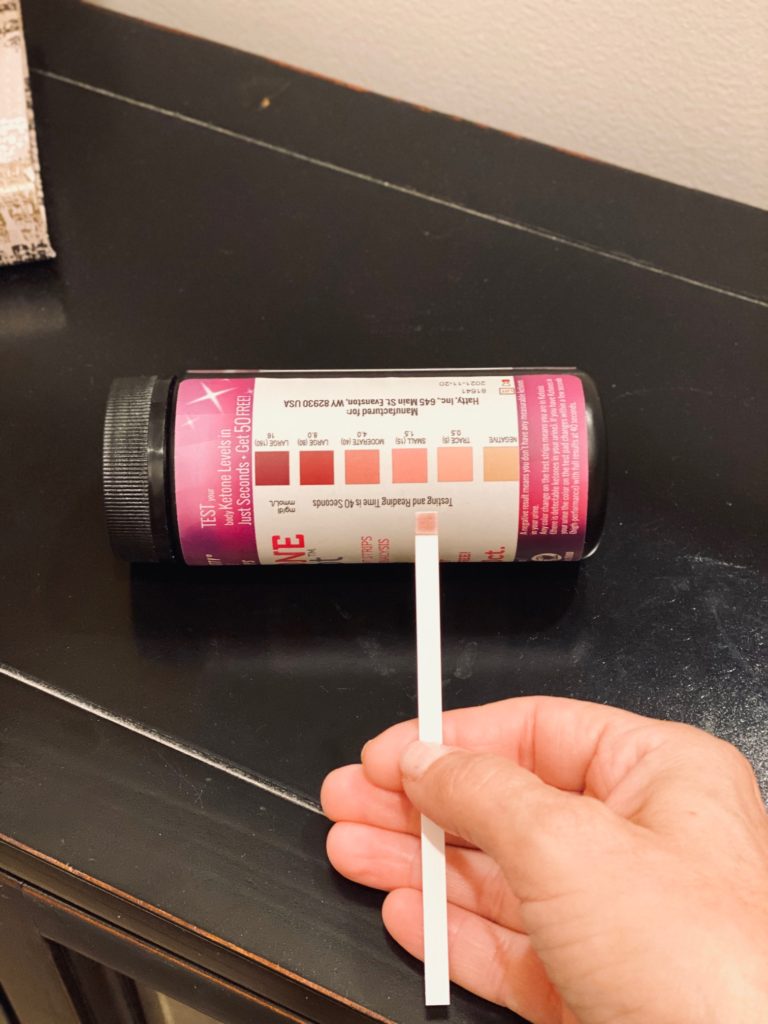
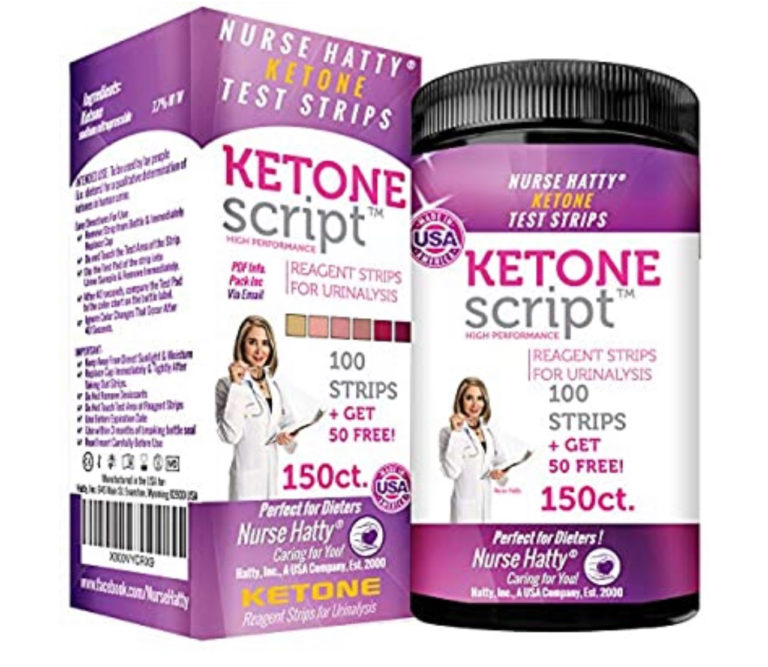
All of the above things have been equally important in the success of my keto diet. Committing to and sticking with a keto diet (or any diet for that matter) is not easy. However, accepting the changes and commiting, understanding the science of how the diet and ketosis works as well as eating keto friendly foods to get your body into a state of ketosis has been the only way I’ve see actual results in my weight loss. Rick too! So far, together we have lost 75 pounds following a keto diet. The next keto blog post I’m sharing is Keto Diet – The Good, the Bad and the Ugly. Sharing our before and after photos! Stay tuned…they are shocking!!

